Nhan Tower is a unique architectural work of the Cham people from the 14th century and earlier. According to researchers, Nhan Tower could have been built at the same time as Poh Nagar Tower in Nha Trang ( Khanh Hoa Province); the front faces east, looking out to sea, like most Cham towers in the provinces. The tower has a quadrilateral structure, the sides are not shown the same and has 4 floors, the upper floors are shown according to the model of the lower floors with gradually narrowing sizes. The outer wall of the tower has prominent columns, between the columns are statues of gods.
Parallel to the large column, other brick columns run evenly, forming decorative embossed and sunken strips, grooves, large and small edges, convex and concave, running from the top down to the base of the tower. The top of the tower has a stone lotus-shaped linga phallic symbol.
 |
| The Chua River flows peacefully at the foot of Nhan Mountain. |
The entire tower is made of bricks and bricks, with absolutely no trace of mortar. This has caused many opinions among researchers. Some people believe that the Cham people stacked wet bricks on top of each other to form the tower and then fired them. Others argue that, with walls as thick as Nhan Tower’s, the middle layer of bricks could not have been fired. Furthermore, wet bricks could not have withstood the compressive force of a brick column nearly 20 meters high.
Another hypothesis, technically speaking, is that the Cham people used pre-baked bricks. After many measurements, archaeologists and museum conservationists realized that the bricks used to build the tower were of different lengths, thicknesses and thinnesses. When measuring the individual bricks together, their dimensions were smaller than the height measured on the tower wall. And they concluded: The difference was the thickness of the joint.
According to researcher Nguyen Dinh Tu, in the mid-19th century, during the invasion voyage, looking from the sea, the French colonialists thought Nhan Tower was our fortress. From the ship, they fired cannons, causing the east gate to be broken wide, the top and three corners of the tower to collapse. In the following 10 years, French bombs and bullets further damaged the ancient tower.
In 1960, Nhan Tower was restored, repairing cracks in the door and inside the tower. The tower's reinforced concrete base was built to make it strong enough to withstand storms.
Talking about the Nhan tower relic, we cannot help but mention one person: Mr. Phan Dinh Phung, former Vice Chairman of Phu Yen Provincial People's Committee, former Director of Phu Yen Museum (old).
In the late 1980s, as Deputy Director of Phu Yen Museum, Mr. Phan Dinh Phung, together with architect Nguyen Phung Khanh of the Department of Museum Conservation under the Ministry of Culture and Information (now the Department of Cultural Heritage under the Ministry of Culture, Sports and Tourism) coordinated with the Center for Landscape Architecture to make a master plan for Nhan Mountain and build an investment project to restore the ancient tower. He and architect Nguyen Phung Khanh examined each brick, looking for information about the construction architecture. Architect Khanh was sent to Italy, bringing with him a sample of Nhan Tower bricks for analysis.
Meanwhile, Mr. Phan Dinh Phung "stayed around" in Hanoi for nearly a month, "urging" the Monuments Restoration Design Center to complete the restoration design and submit it to the ministry for approval. The restoration was carried out in 1994. Nhan Tower is one of the Cham towers that quickly emerged from the sadness of a ruin, leaving visitors in awe.
 |
| The Via Ba Festival at Nhan Tower has many activities imbued with Cham culture. Source: Internet |
In 1998, Nhan Tower was ranked as a national architectural and artistic relic by the Ministry of Culture. On December 24, 2018, the Prime Minister issued Decision No. 1820/QD-TTg ranking Nhan Tower as a special national relic.
Not only a treasure left by the ancients, Nhan Tower is also associated with a unique cultural activity of the land of yellow flowers and green grass: Phu Yen Nguyen Tieu Poetry Festival. On the full moon night of January every year, thousands of poetry lovers eagerly go to Nhan Mountain. In the yard of the ancient tower, the sound of poetry resounds amidst the immense spring breeze, the bright golden moon. The ancient tower seems to be revived by the love of poetry, the love of the land, and the love of people.
The festival of Lady on Nhan Mountain, taking place from March 20 to 23 (lunar calendar) every year, is also a special event, attracting a large number of people in the region and people from neighboring provinces who worship Lady Thien YA Na in particular and Mother Goddess in general.
Nhan Tower and Nhan Mountain have become a cultural and spiritual symbol of the eastern region of Dak Lak, connecting the past with the present, connecting nature with hundreds of years of history.
Source: https://baodaklak.vn/du-lich/202508/hon-xua-kieu-hanh-giua-tuy-hoa-96611e7/




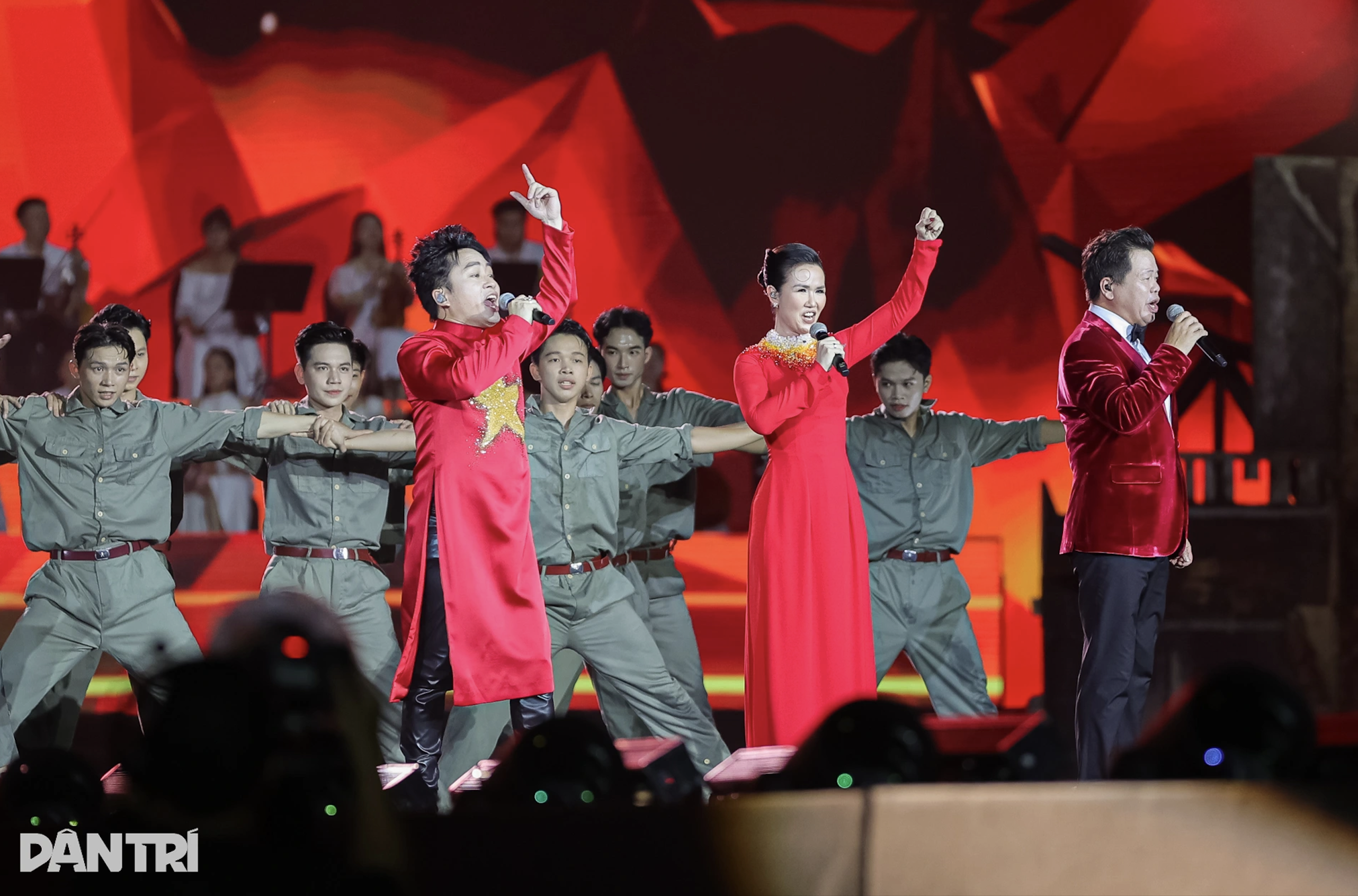
![[Photo] President Luong Cuong receives delegation of the Youth Committee of the Liberal Democratic Party of Japan](https://vstatic.vietnam.vn/vietnam/resource/IMAGE/2025/8/22/2632d7f5cf4f4a8e90ce5f5e1989194a)
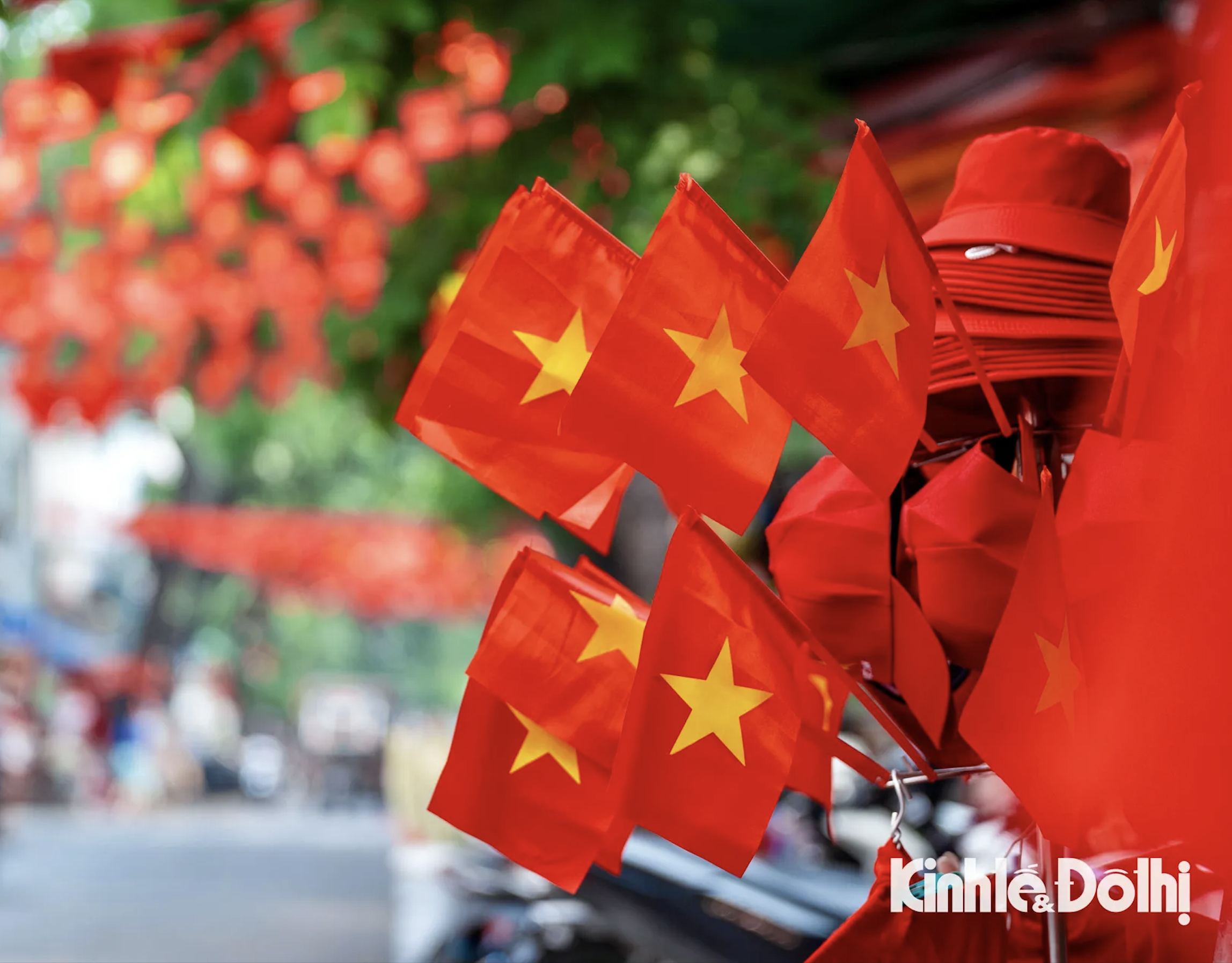


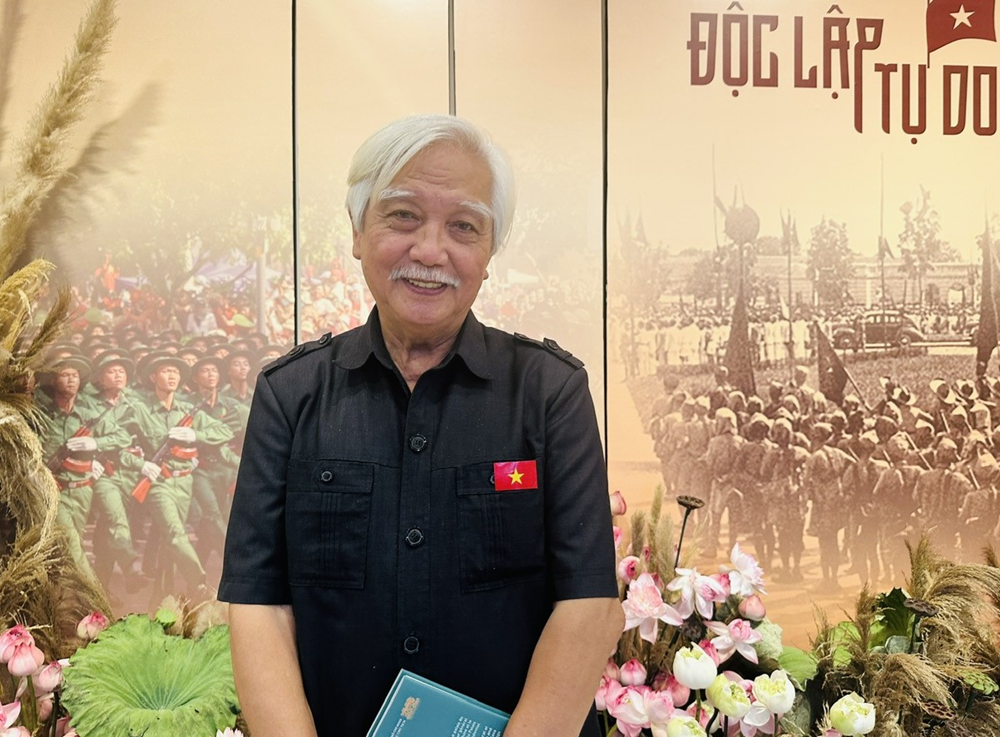

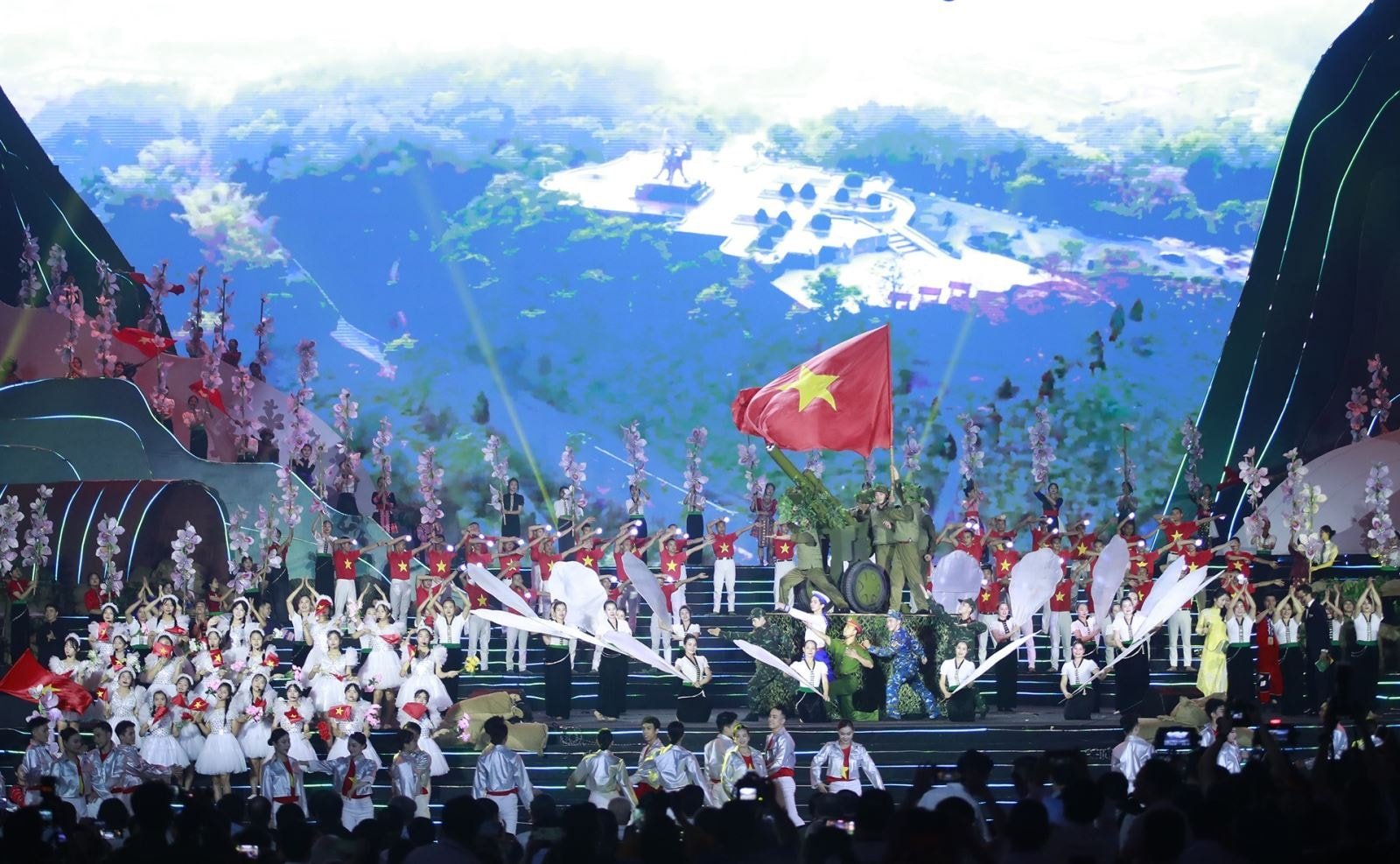

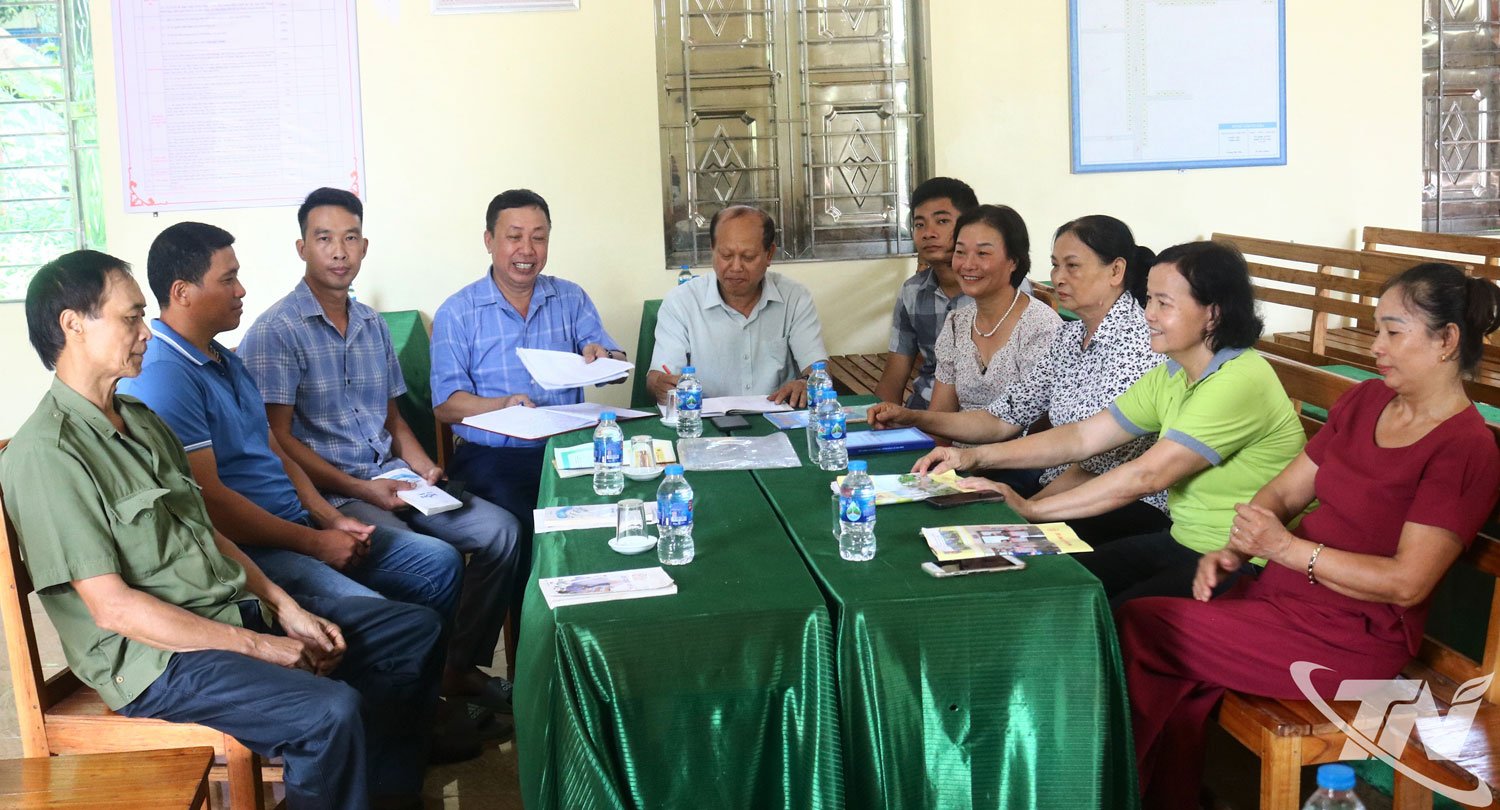

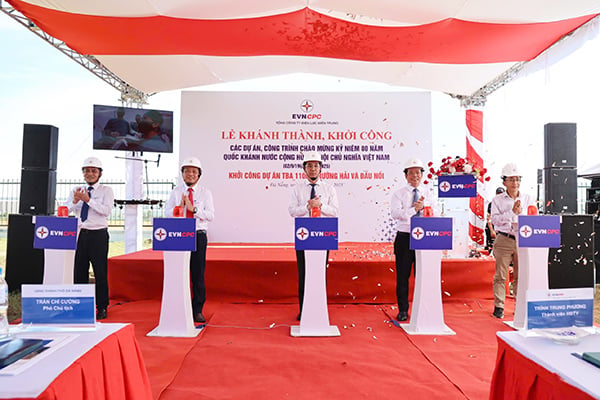
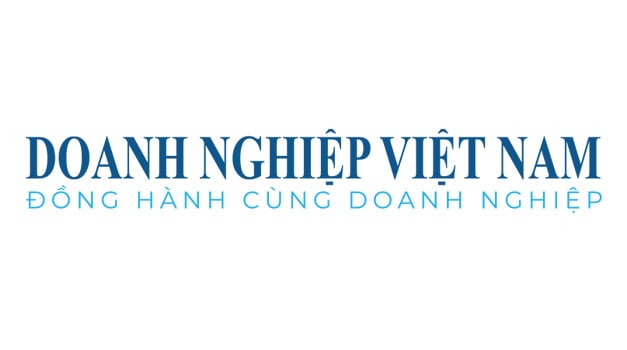
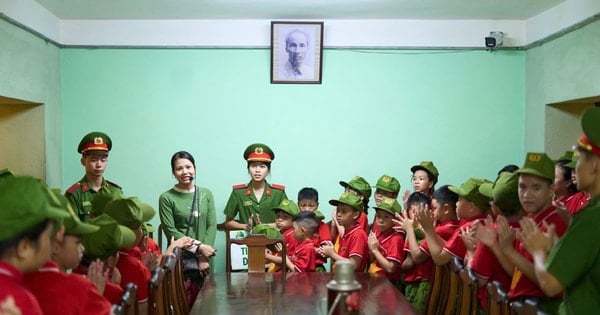



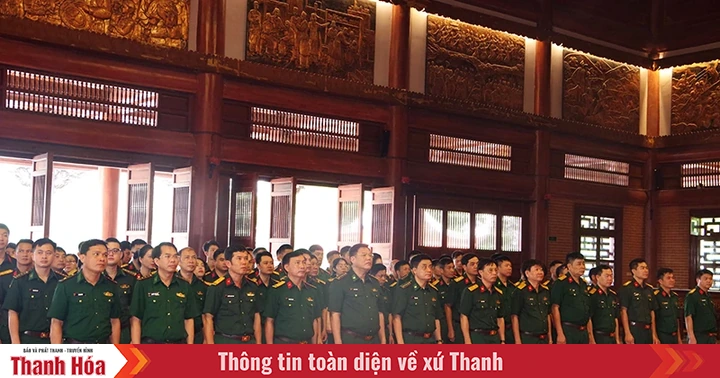
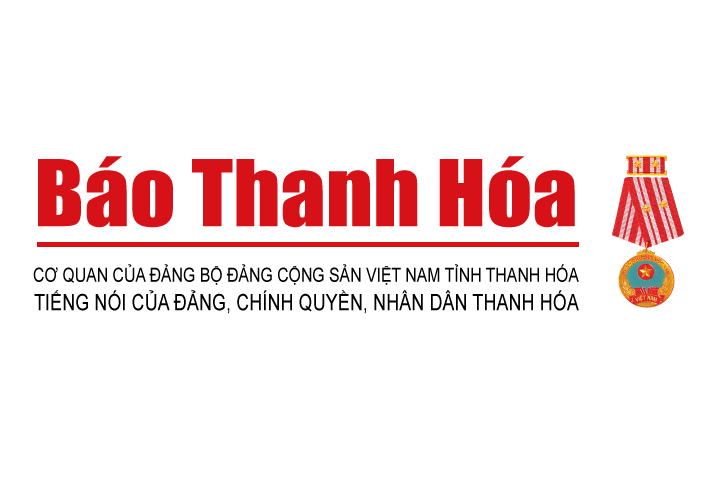

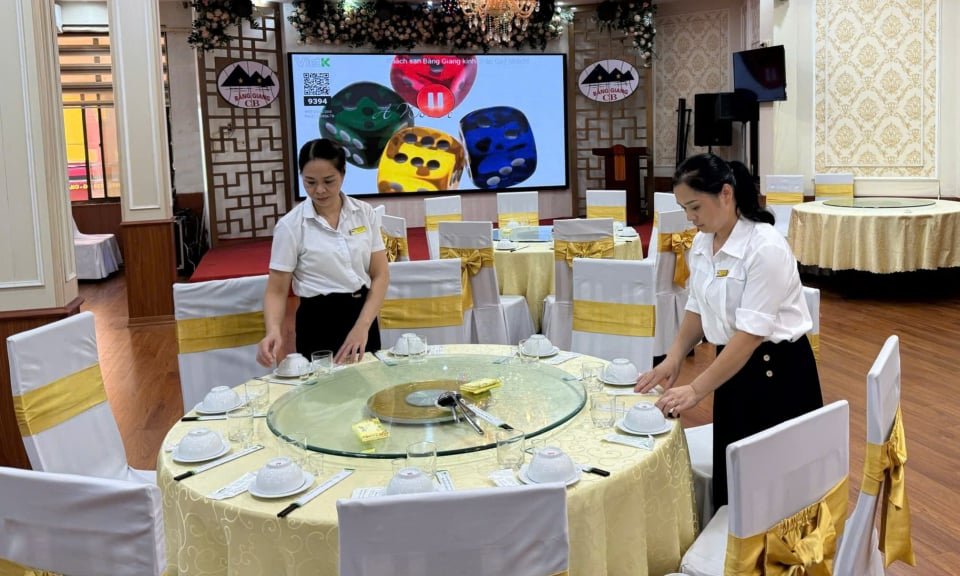

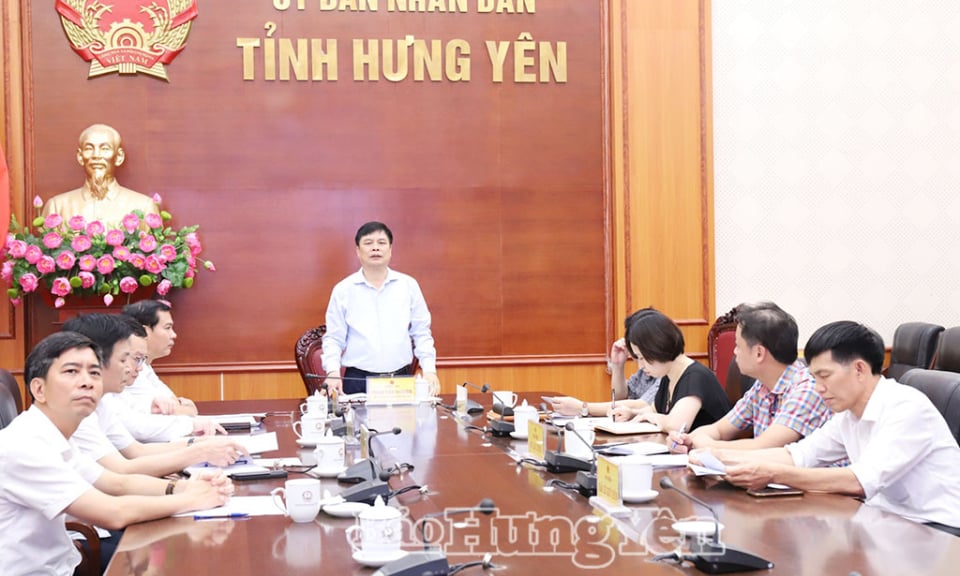

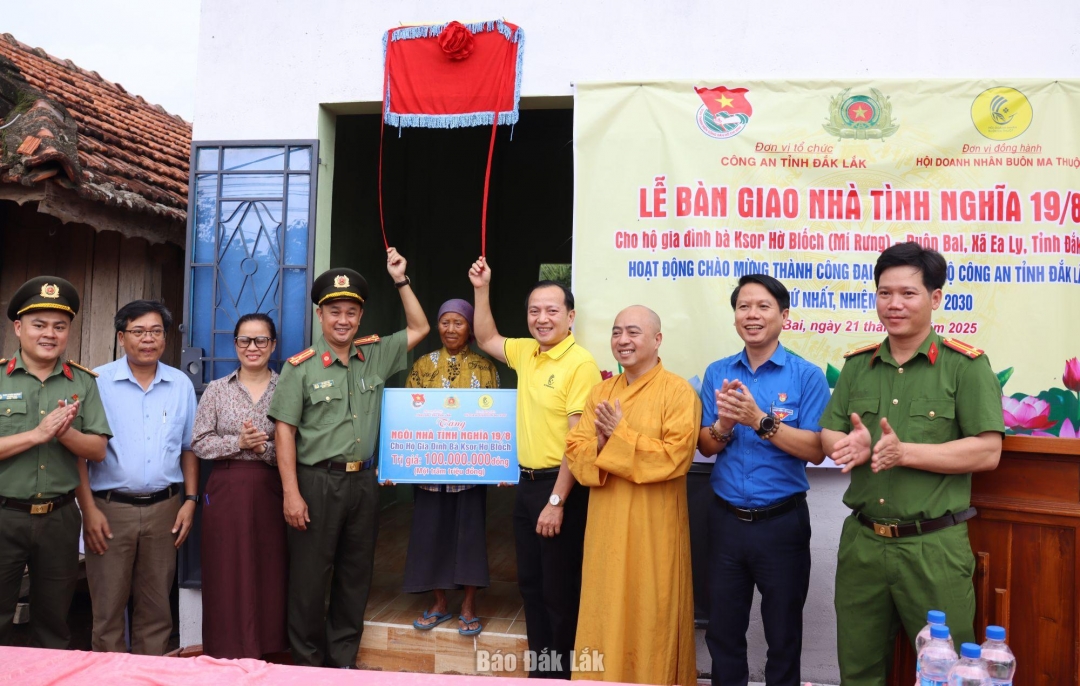
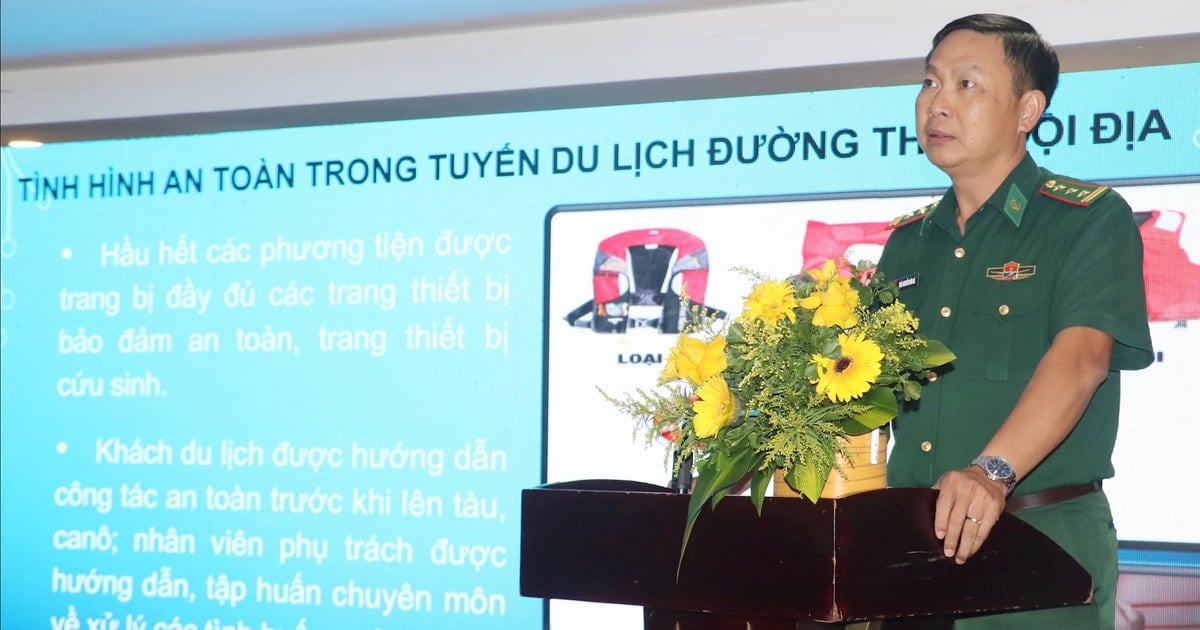





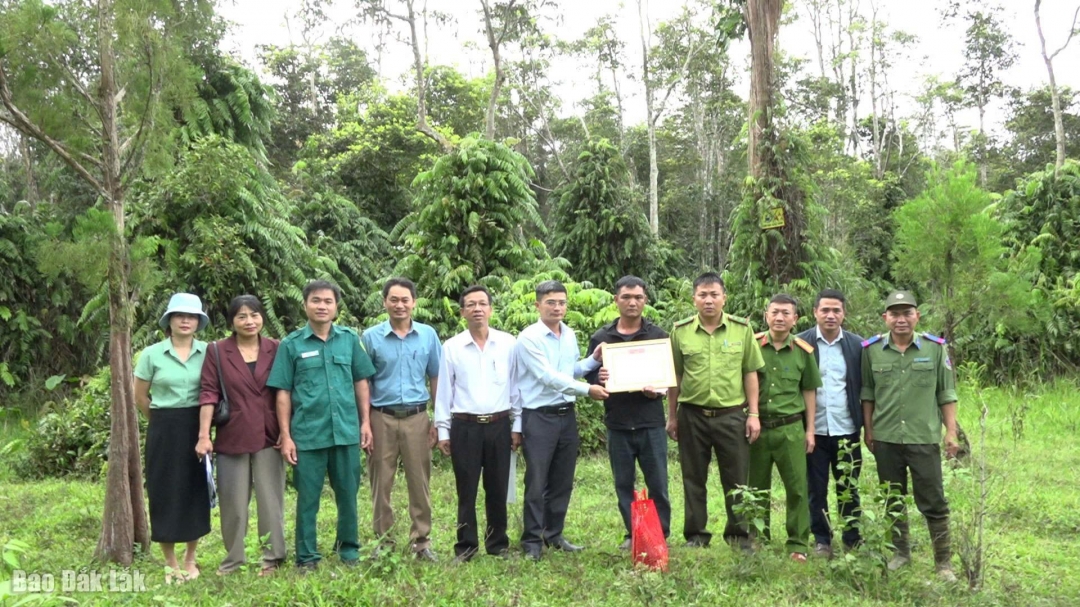

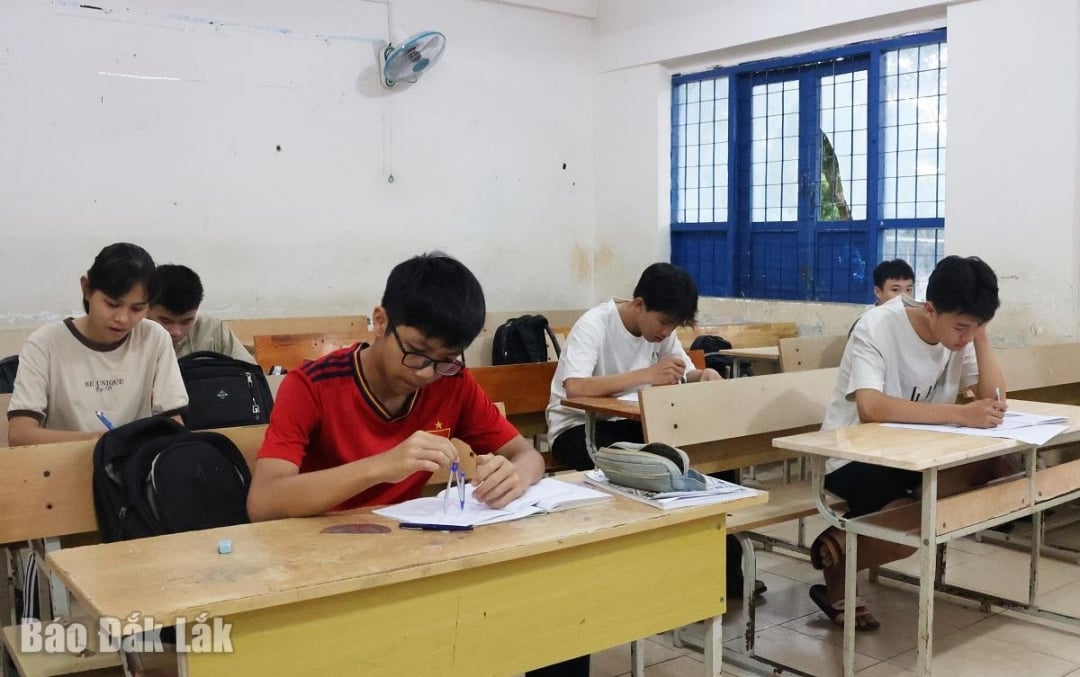

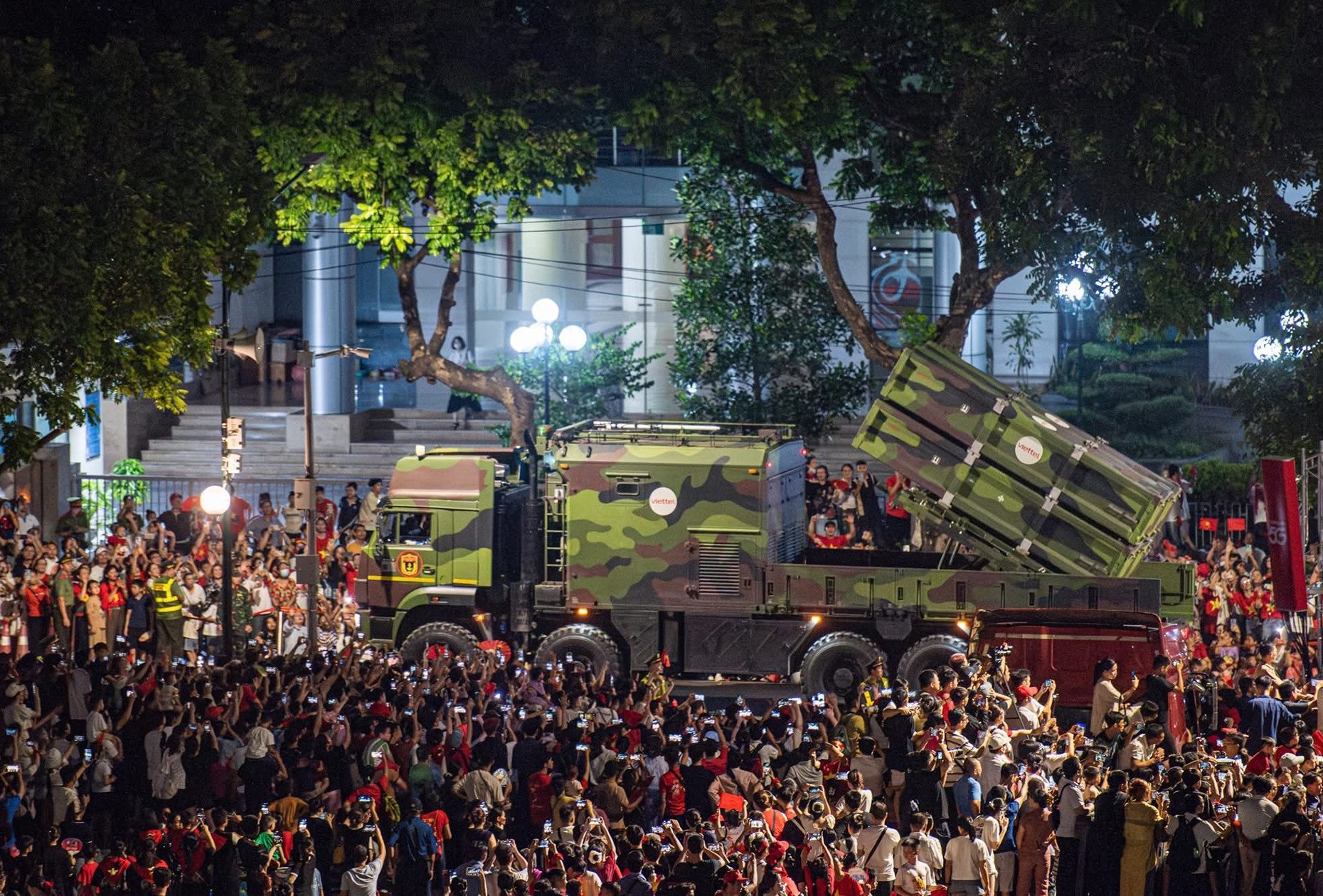













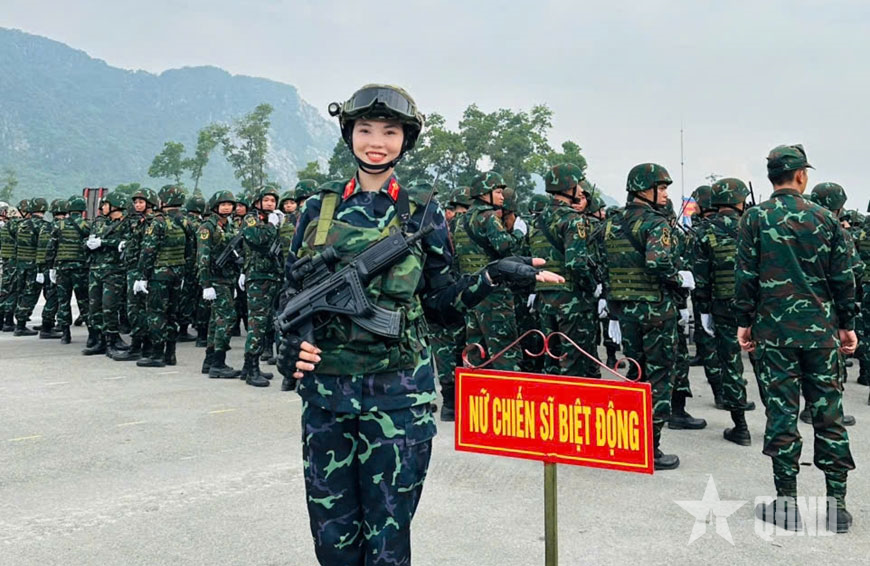


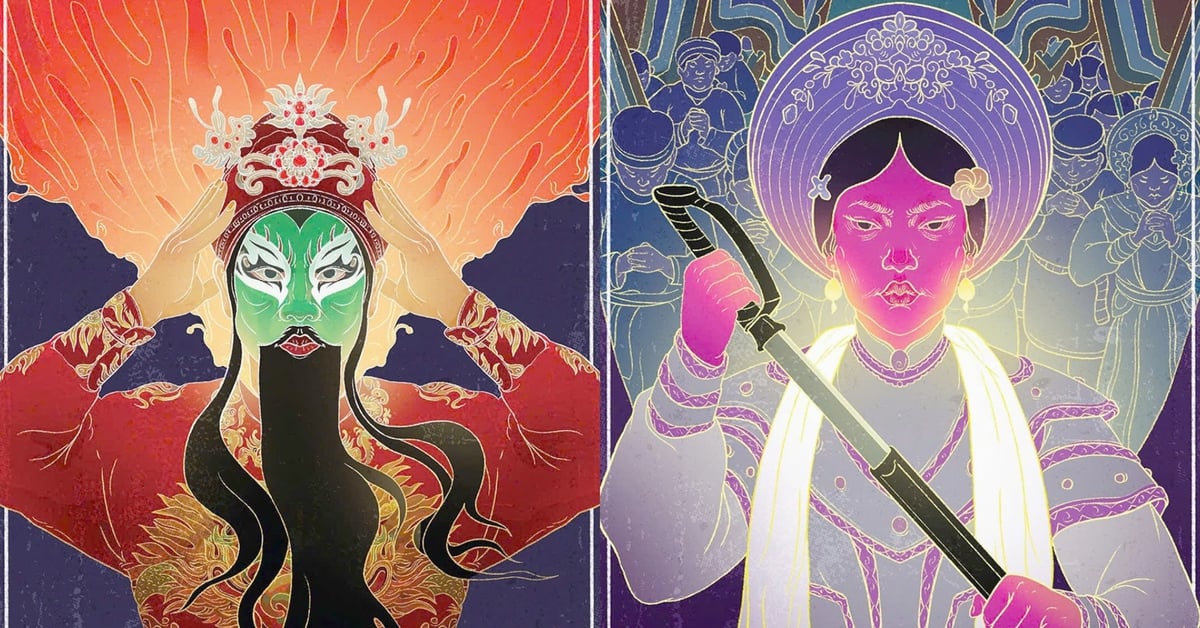


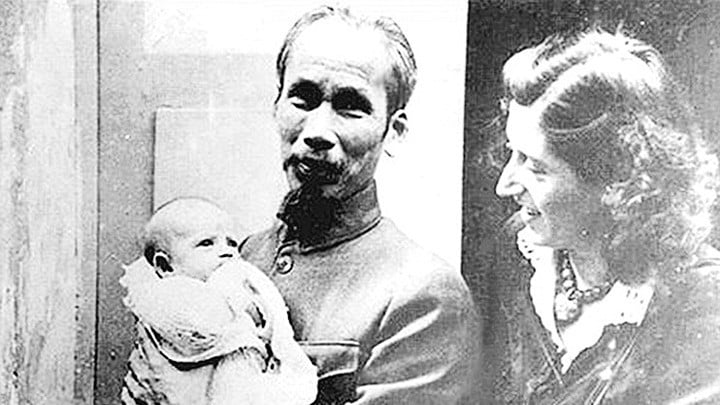








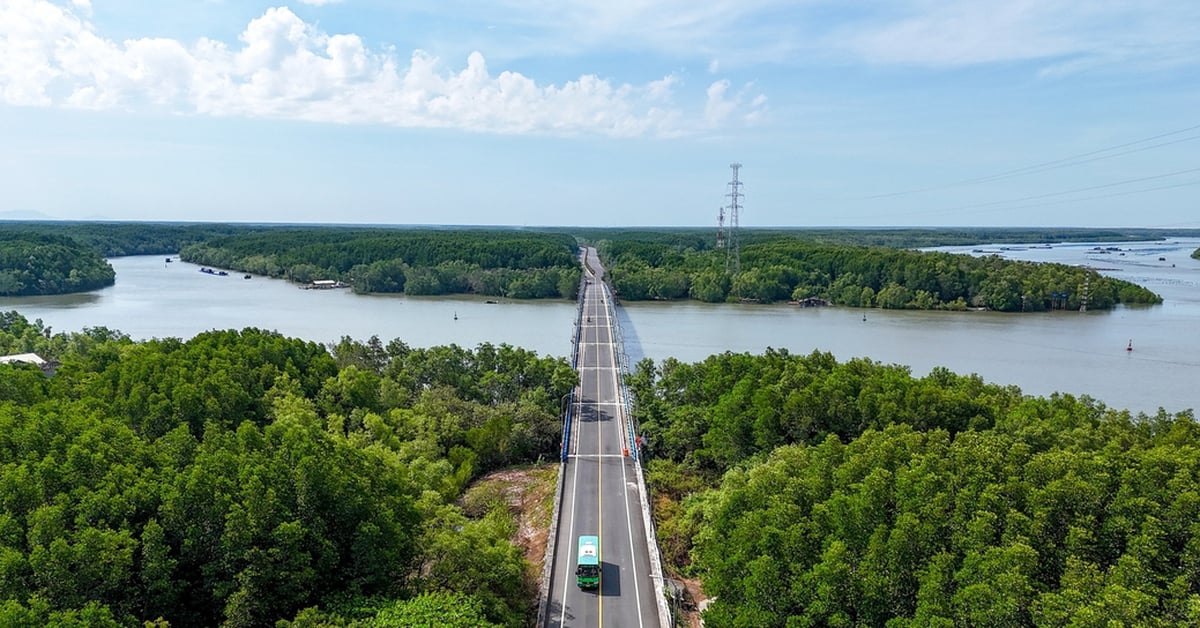



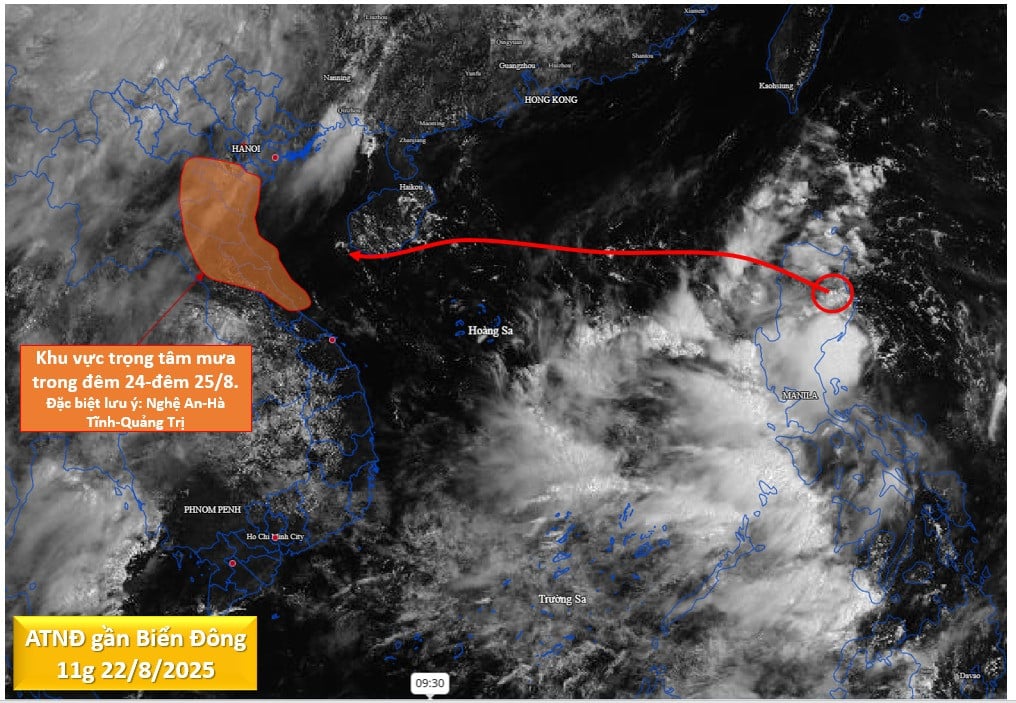




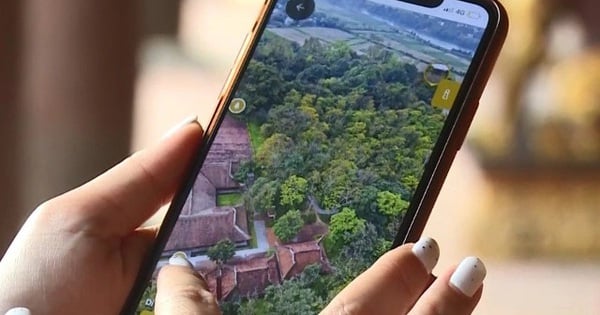

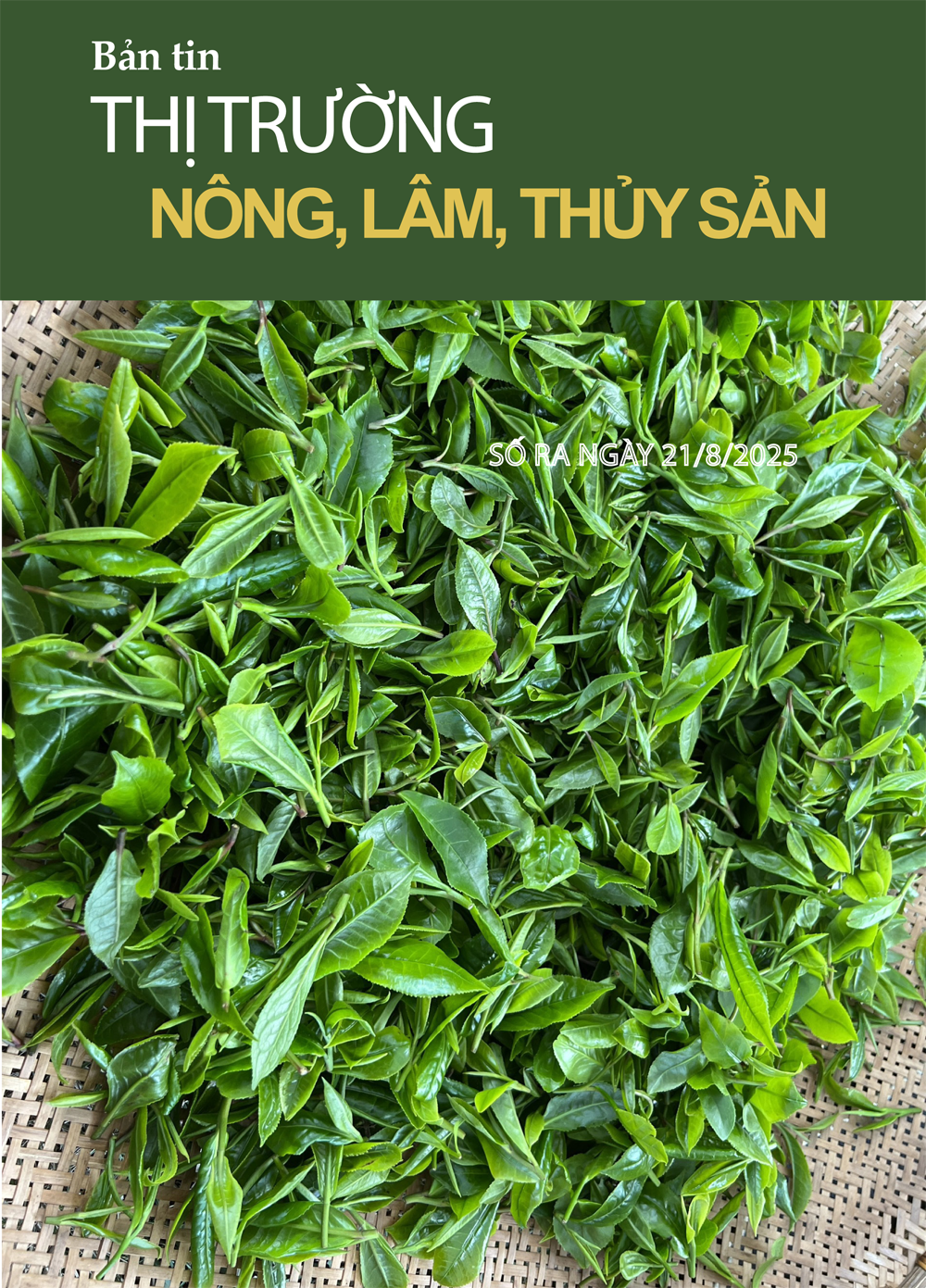




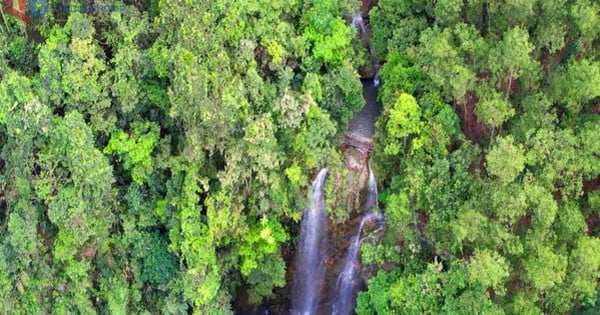
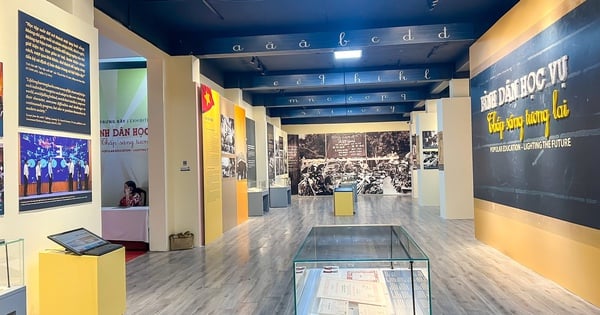
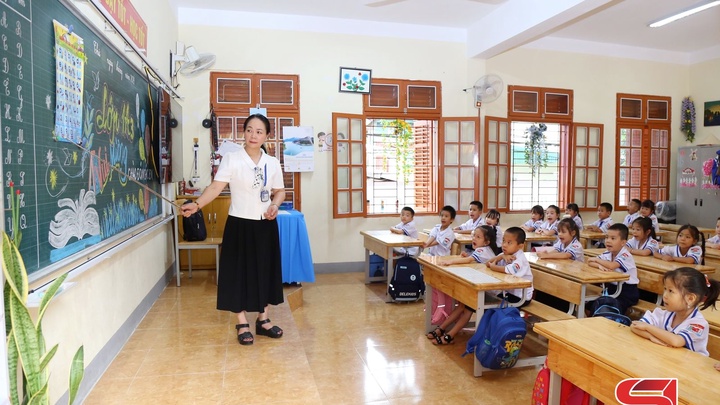

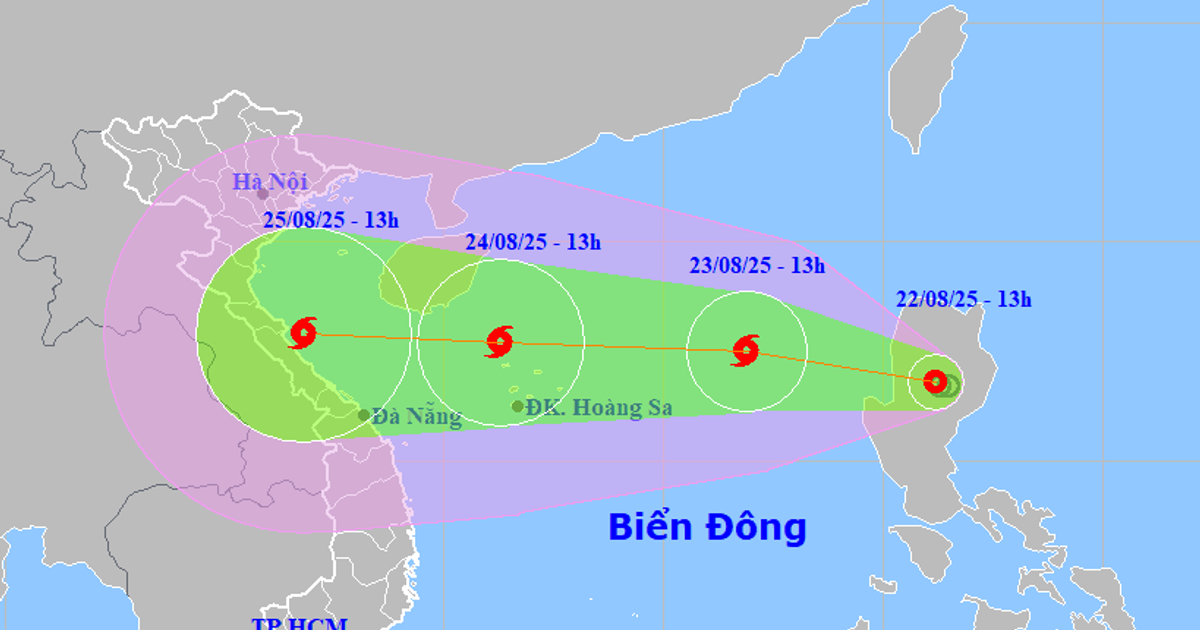

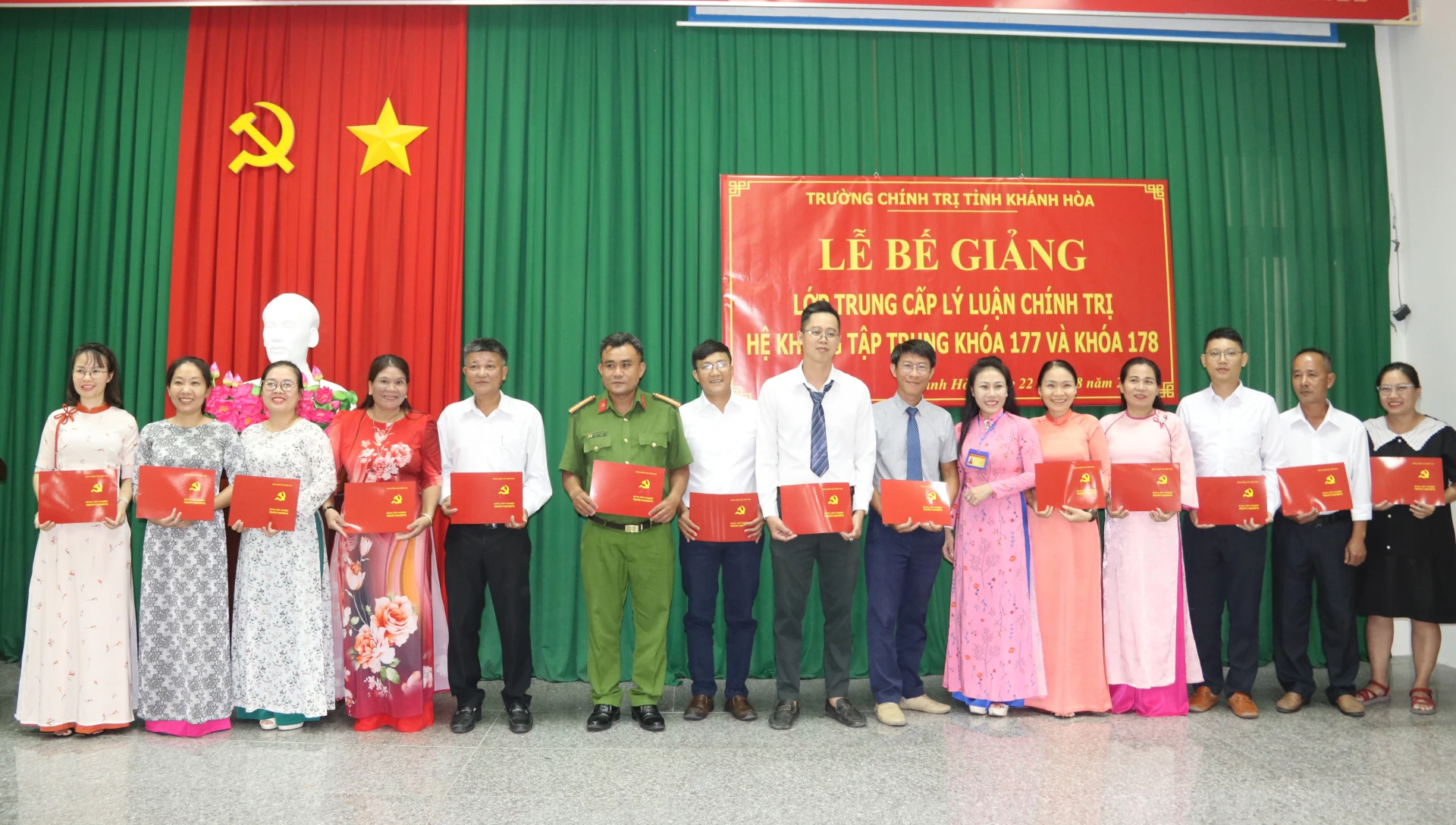


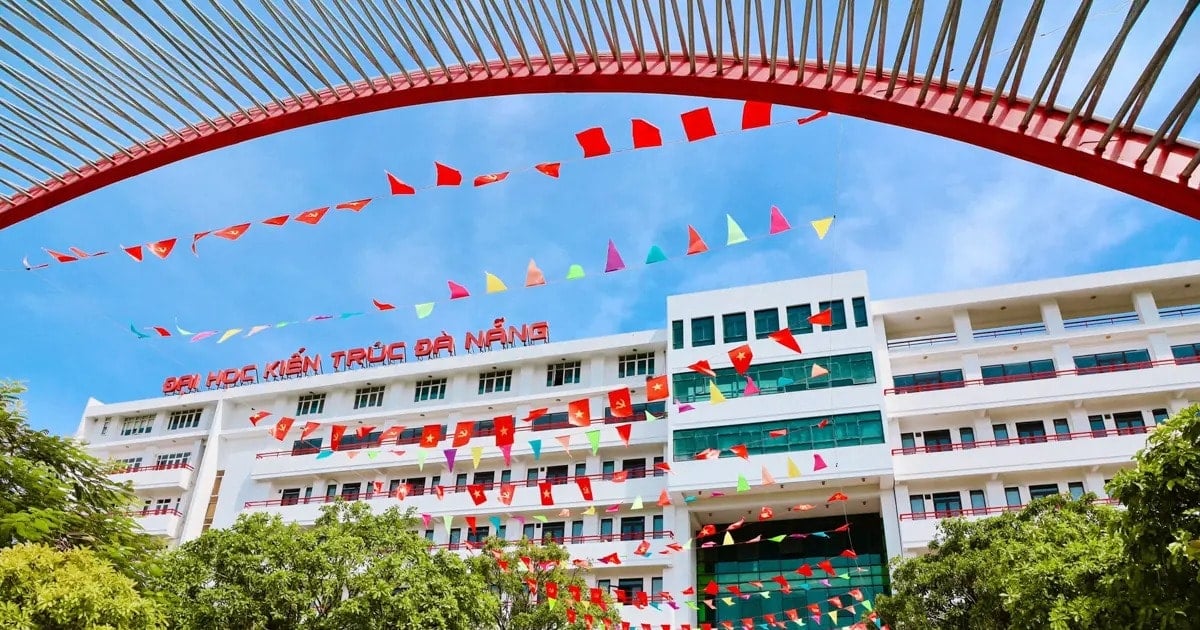
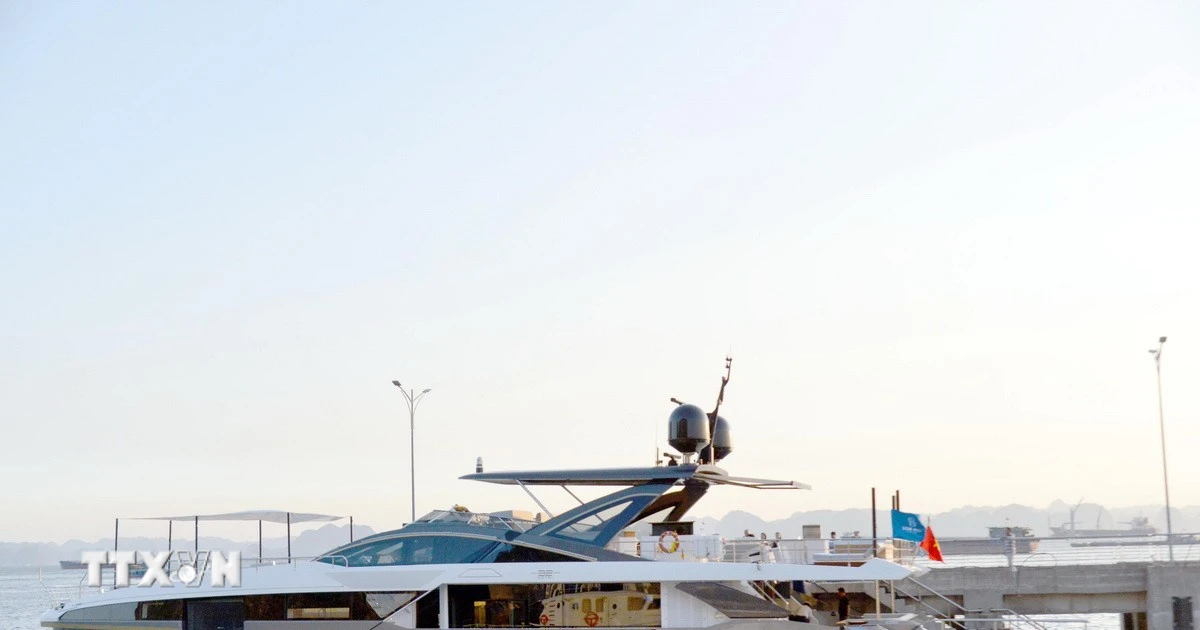












Comment (0)